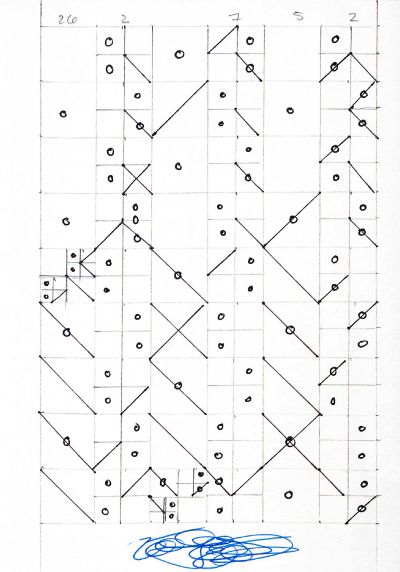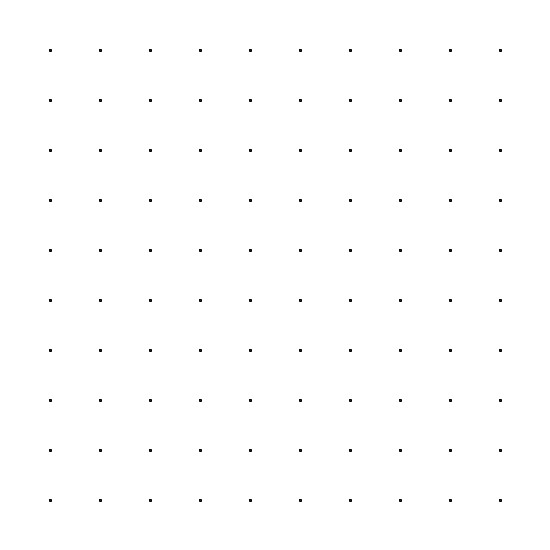No edit summary |
|||
| Line 1: | Line 1: | ||
<br> | <br> | ||
==Algorithm | ==Human Processed Algorithm 1 — 26.10.18== | ||
{| border="1" | {| border="1" | ||
| Line 8: | Line 8: | ||
! style="width: 50%" | Algorithm | ! style="width: 50%" | Algorithm | ||
|- | |- | ||
| [[File:HP1.jpg|400px| | | [[File:HP1.jpg|400px|HPA1 R1]] | ||
| | | [[Media:HPAlgorithmInstructions1.pdf|Human Processed Algorithm 1]] <br><br> | ||
'''''Inspiration // Recursion''''' | |||
As a source of inspiration, architectural examples of recursive operations within facade design, such as [http://www.l-a-v-a.net/projects/kacst-headquarters/ LAVA : KACST HQ], form a basis for environmental and aesthetic building design, but the inclusion of personal data adds an additional layer of complexity. Following a basic level of recursion, the question of human ease was a driver in the specific operations which take place. The thought being, 'if the algorithm is too mathematically complex, then why not just have a computer act as operator', the instructions and dimensions were orchestrated into a regimented set of operations, while never crossing the line of expecting time-consuming computations to take place. | |||
<br> <br> | |||
'''''Inspiration // Personal Data''''' | |||
While personal data is mostly ancillary to the recursive operation, the inclusion of personal data within the algorithm brings up questions of whether the result might be reverse-engineered to collect basic amounts of data from a person. While the produced algorithm intentionally avoids full data points (limiting birth date and card numbers to only partial data, and only including signature in colored ink), the resultant works develop a limited argument on the operations in which vital personal data can be mined, all while being presented in a benign and playful shell. In part, this thinking was inspired by James Bridle's writing in [https://www.versobooks.com/books/2698-new-dark-age New Dark Age]. | |||
|- | |- | ||
|} | |} | ||
Revision as of 11:27, 31 October 2018
Human Processed Algorithm 1 — 26.10.18
| Result | Algorithm |
|---|---|

|
Human Processed Algorithm 1 Inspiration // Recursion
As a source of inspiration, architectural examples of recursive operations within facade design, such as LAVA : KACST HQ, form a basis for environmental and aesthetic building design, but the inclusion of personal data adds an additional layer of complexity. Following a basic level of recursion, the question of human ease was a driver in the specific operations which take place. The thought being, 'if the algorithm is too mathematically complex, then why not just have a computer act as operator', the instructions and dimensions were orchestrated into a regimented set of operations, while never crossing the line of expecting time-consuming computations to take place.
|
Algorithm for Computers 1 — 02.11.18
| Result | Algorithm |
|---|---|

|
Combining two for loops to create a 2D Grid Structure. nestedForLoops.pde |